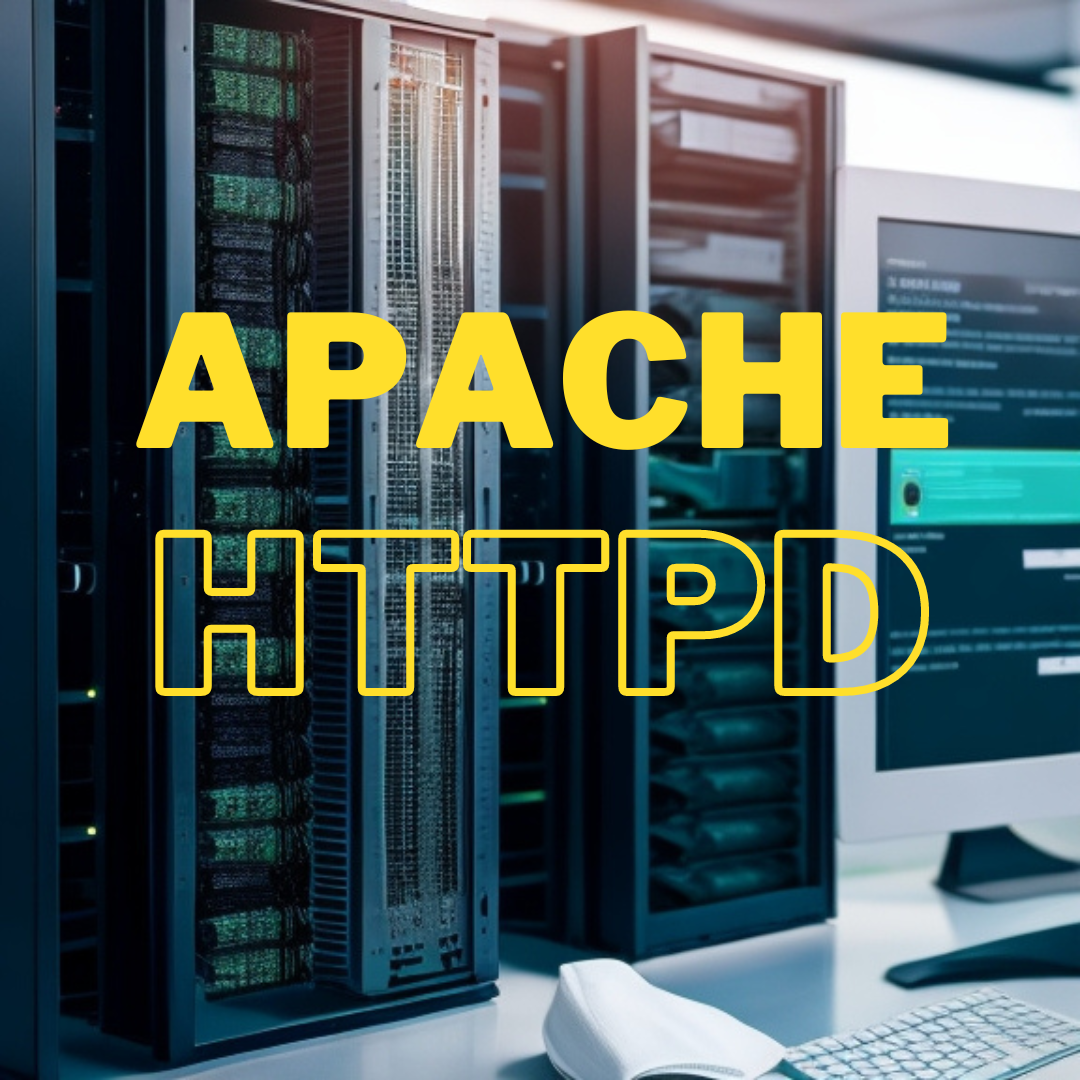Tag / Linux Administration
-
Using RPM Query Commands for Dependency Analysis and Troubleshooting
For Linux systems employing the RPM (Red Hat Package Manager), a comprehensive understanding of dependency analysis and troubleshooting is crucial. RPM query commands offer a powerful toolkit to examine, analyze, and troubleshoot…
-
How to resolve YUM Dependency Hell
YUM (Yellowdog Updater, Modified) is a widely used package management tool in Linux distributions like CentOS, Fedora, and Red Hat. While YUM simplifies the process of installing and updating software packages, it…
-
How Install Apache HTTP Server Manually in Linux
In this post we will learn about how to manually install Apache HTTP Server (httpd) from the source tarball file and set up a custom site project, follow this step-by-step guide: Step…
-
Log Management with Logrotate Command
Log files are an integral part of Linux systems, providing valuable insights for monitoring and troubleshooting. However, over time, log files can grow exponentially, occupying excessive disk space. To address this issue,…
-
How to use DNF Command to manage packages in Linux
When it comes to package management in Linux, the DNF command (Dandified Yum) stands out as a versatile and powerful tool. Built on the foundation of Yum, DNF brings enhancements and improved…
-
What is cat command in Linux
The cat command has a unique niche among the many Linux command-line tools. The cat command, which stands for “concatenate,” is a crucial tool that lets users create, examine, concatenate, and work…
-
How to use Find Command in Linux: A Comprehensive Guide with Examples
When it comes to efficiently searching for files and directories in the Linux operating system, the “find” command is an indispensable tool. This powerful command allows you to locate files based on…
-
Unleashing the Power: Mastering Linux Tar Utility Commands
Introduction: The Linux Tar utility is an indispensable tool for creating, extracting, and manipulating archived files in the TAR format. These archives are widely used in the Linux community for bundling and…
-
How to use OpenSSL Commands – Top 40 OpenSSL commands with examples
OpenSSL is a powerful and widely-used open-source toolkit that provides various cryptographic functions and tools for managing SSL/TLS certificates, encryption, and security operations. Whether you are a website owner, system administrator, or…
-
What is Server Virtualization And a Hypervisor
If you are getting started within the IT world, you will come across the term “Virtualization” many times. Virtualization in general is a broad concept, but, here in this short video we…









